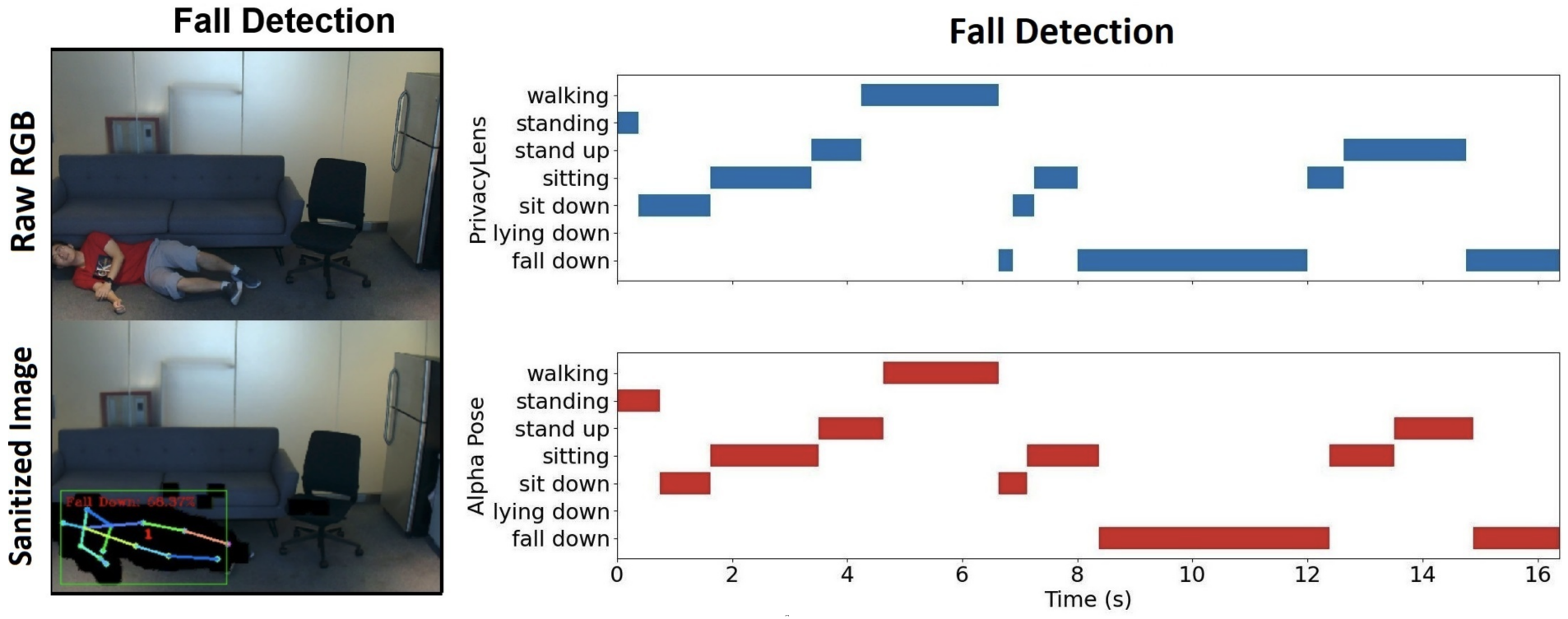PrivacyLens redacts biometric data from videos–and it does it on-device
Image credit: CC BY 4.0 from Iravantchi, Y., et al. (2024). PrivacyLens: On-device PII removal from RGB images using thermally-enhanced sensing. Proceedings on Privacy Enhancing Technologies.
New in biometric privacy: PrivacyLens, a camera that locally processes and redacts humans from video feeds, replacing them with stick figures.
Video data and person detection are important for a growing number of IoT/smart device applications–such as fall detection, where devices can alert caretakers when they sense a human lying on the floor.
But many existing approaches require raw video to be transmitted into the cloud before biometric features can be redacted. This has led to horrific privacy breaches such as Roomba videos of people on the toilet.
Incidentally, this was also one of the questions we raised in our recent AI doppelgangers work, where we replaced humans in user research recordings with AI-generated avatars. Any solution that requires uploading video to the cloud will always have vulnerabilities, making locally processed solutions preferable.
Iravantchi et al. have found a new way to address these concerns by using thermal sensors to detect humans in videos, even in low light conditions. This enables them to redact humans from videos before any video data is uploaded, or even stored on the device itself. They explore multiple solutions for redacting the human, ranging from face swapping, to blacking them out entirely, to replacing them with a thermal image or stick figure. The authors specifically call out that this allows for removal of the user’s face, skin color, hair color, gender, and body shape.
It’s a compelling solution that could enable researchers and product designers to capture information about users’ body position, without exposing user data to biometric privacy risks.
This work attests that biometric privacy concerns aren’t going away. Product designers will need to get creative to find solutions that allow them to capitalize on the richness of video data, without putting users at risk.

